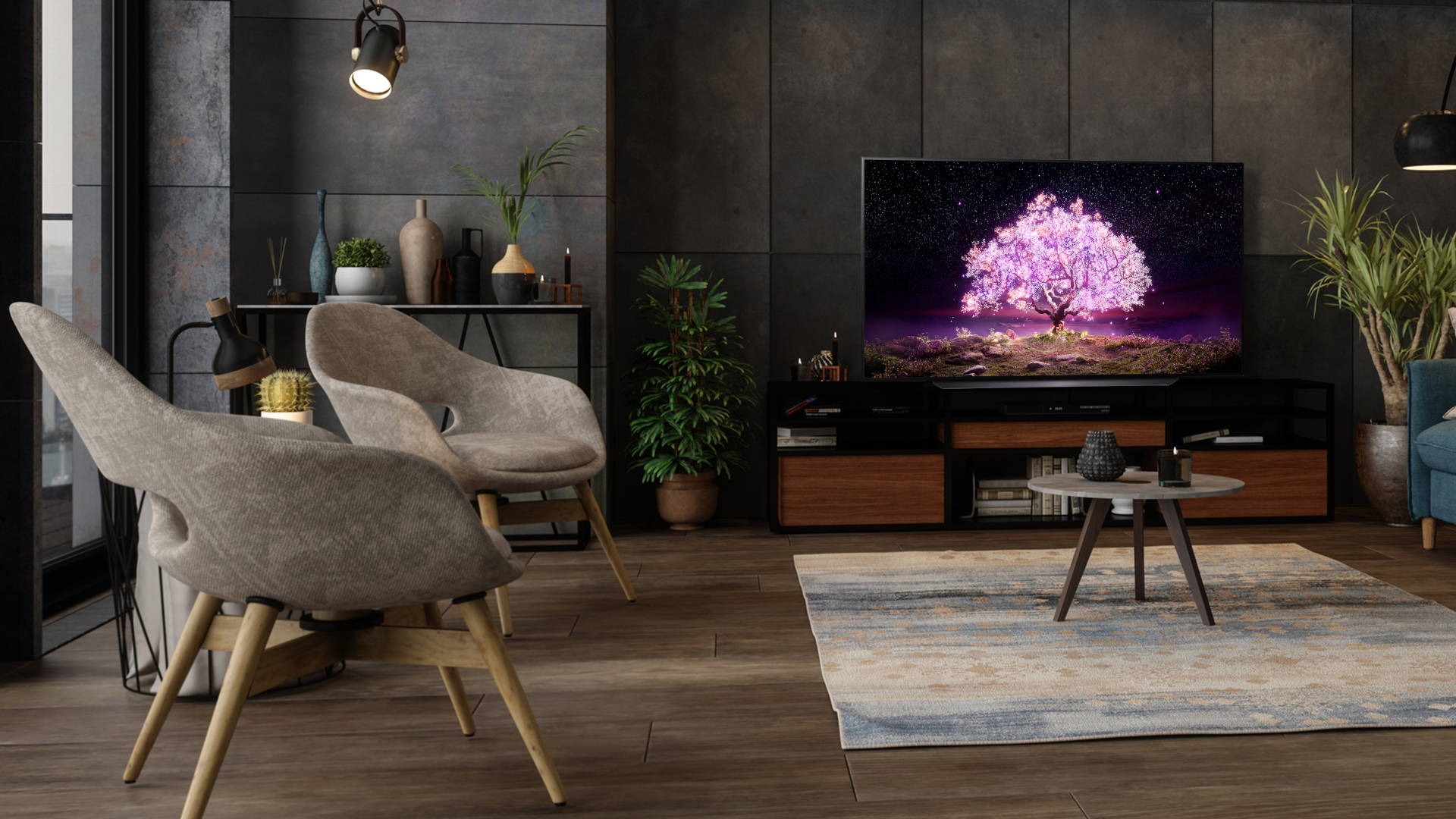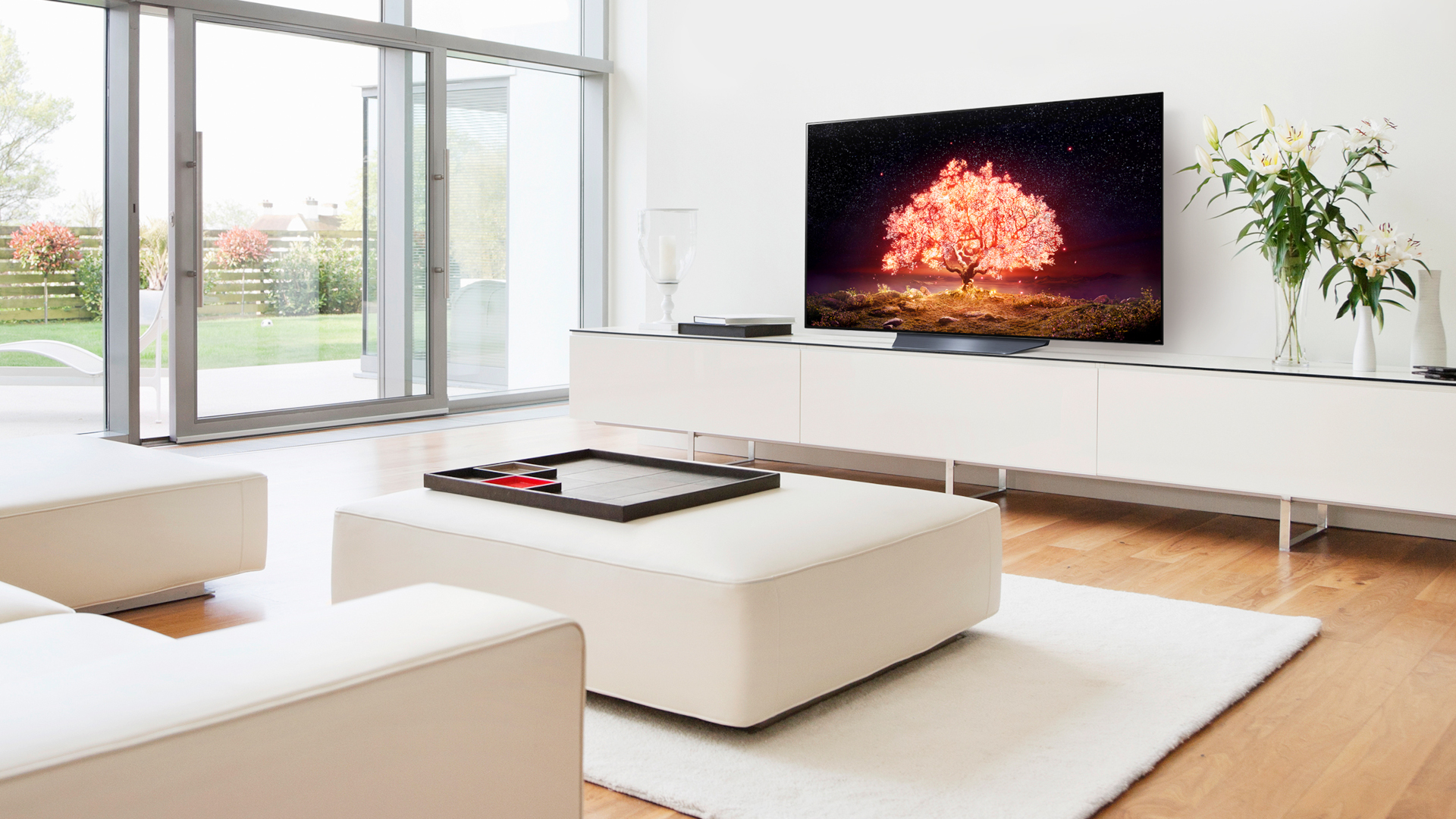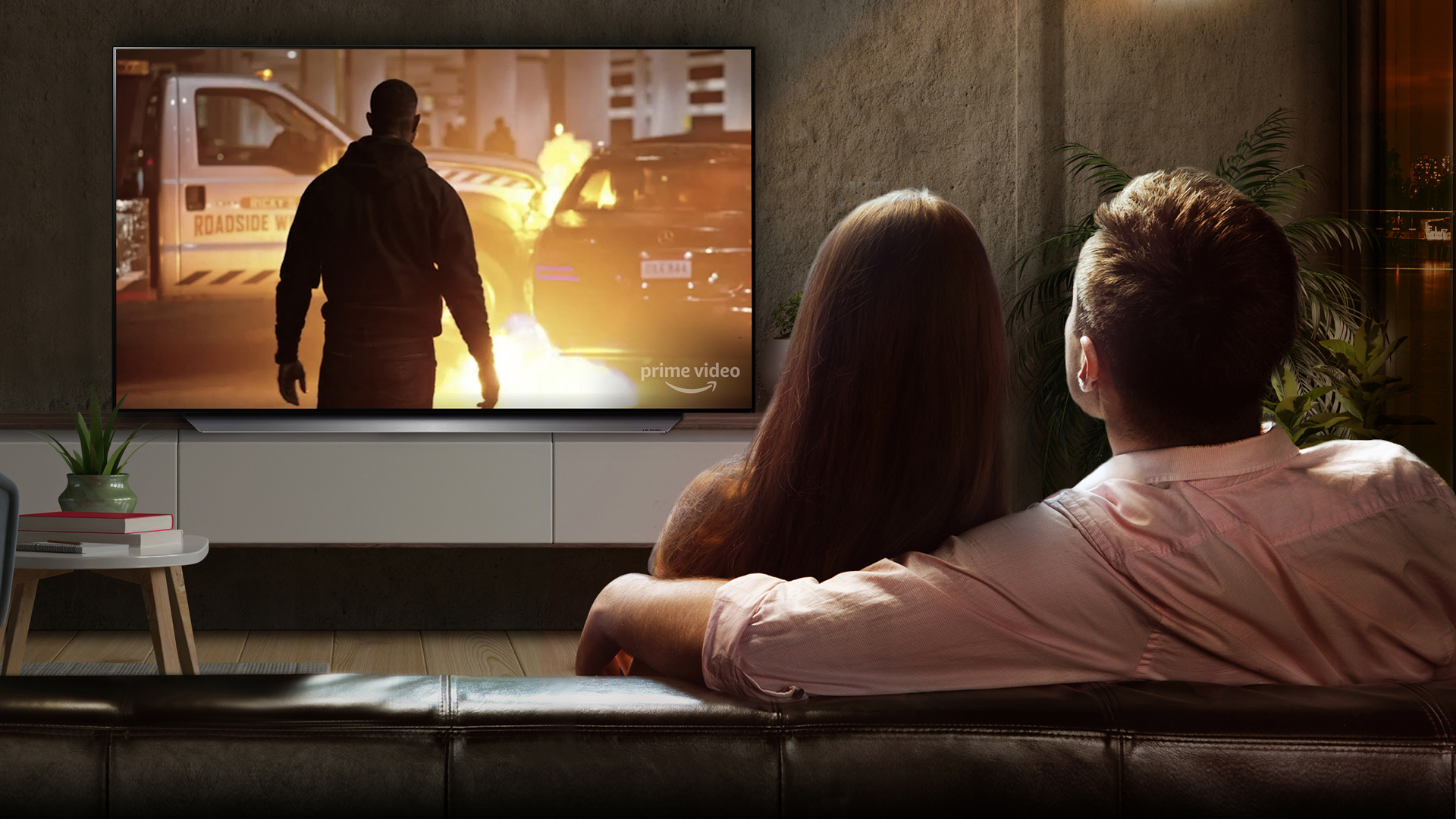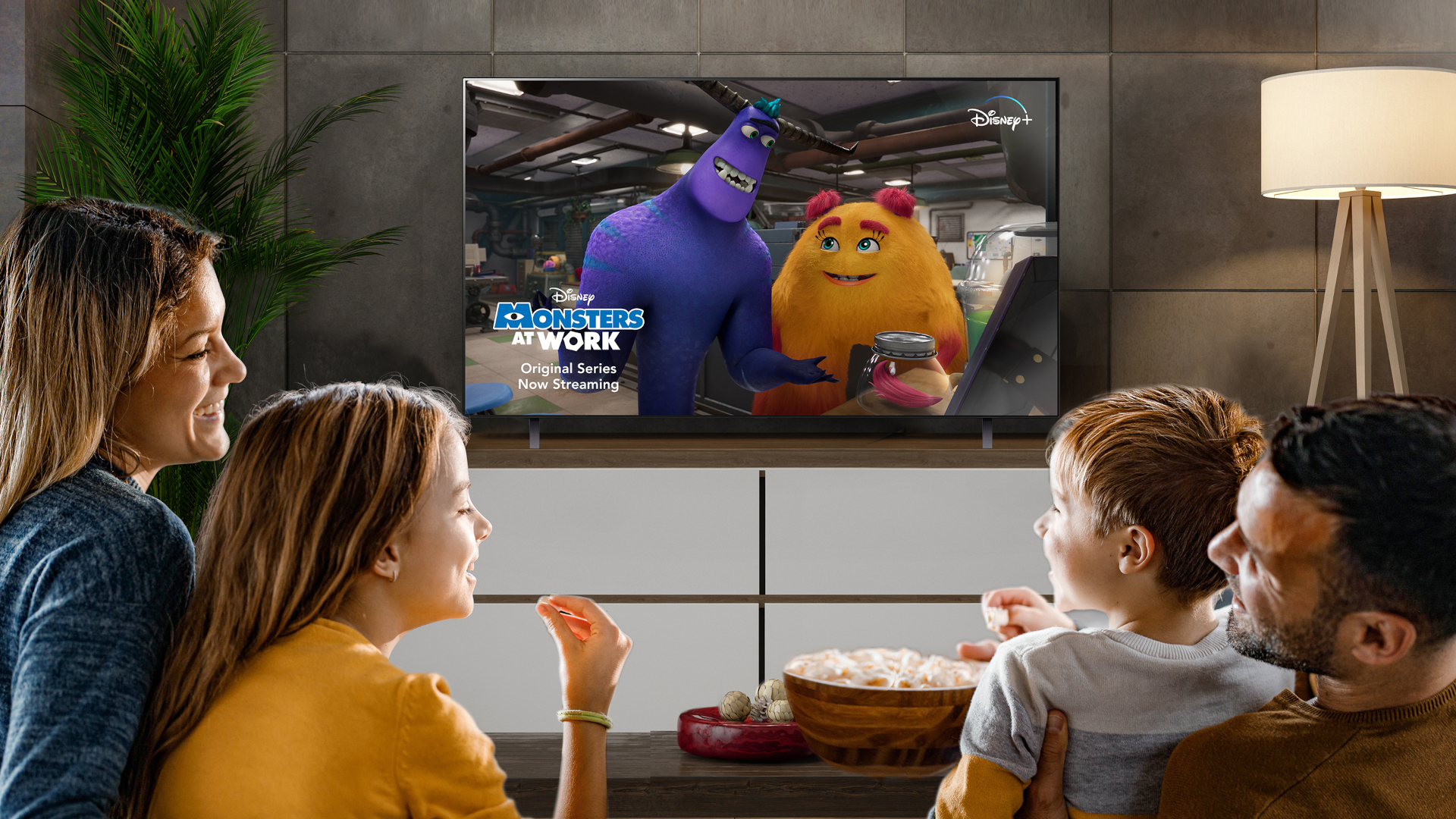Why almost everyone is choosing OLED for their premium TVs
Do you know your LCD from your OLED?

Do you know your OLED from your LCD? Panel tech is an excellent way to differentiate between TVs when it comes to making your next television purchase. Right now it’s OLED TVs that are almost universally prized as the most premium sets around and should certainly be on your shopping list if you’re looking for the very best.
Most of the major TV manufacturers choose OLED technology for their top TVs and even the last of the big players not to have chosen OLED so far look to be making their way towards it next year.
But what is it about OLED panel technology that the industry rates so highly? What are the benefits over LCD-type TVs?
Pixel perfect control

Unlike LCD TV, OLEDs don’t use a backlight to illuminate their pixels. Instead, the pixels are self-emissive. Each one makes its own light and can be turned on and off individually, and at different colours and intensities. That offers an incredibly fine grain of control for the TV’s processor to harness when creating the onscreen image.
That pixel-level of control simply isn’t an option for any mainstream LCD tech right now, whether that’s LCD, LED, Mini LED or QLED. The other advantage to the removal of the backlight is that OLED TV panels can be ridiculously thin which can be handy for wall mounting and pretty impressive to behold too.
The deepest of blacks

OLEDs are probably more famous for their inky deep blacks than any other feature. Once again, that ability is down to their self-emissive pixel properties. With no backlight behind the display, that means the only pixels lit are the ones that need to be. LCD panels usually suffer from some degree of unwanted light spill. That might come in the form of light bleeding through cheaper TVs or often smaller, more localised blooms of light where more premium LED TVs can only dim in zones rather than at individual pixel level.
While some LCD TVs have impressive black depths, it’s OLEDs that more or less guarantees this by virtue of how OLED panel tech works. Working from the baseline of a true black offers terrific contrast potential and can really help the pictures pop when it comes to 4K HDR films, TV and games too.
Top picture processing

Panel tech is only one part of the equation, though. That’s the raw material. It is picture potential. What a great TV needs next is a brain to harness that power. That’s the job of the picture processor. The picture processor recognises scenes and objects in the source material and conducts the orchestra of pixels in the OLED display to work at the right patterns, colours and intensities to deliver the optimum picture performance.
It’s the big brand names in OLED TVs that you can trust to deliver top picture processors, and LG is one of those brands. LG saves its top chip tech for its C-Series and G-Series OLED TVs. This year’s C1 and G1 OLEDs feature the company’s best processor to date, the Alpha 9 Gen 4 processor. As well as excellent AI upscaling ability to turn HD content into brilliant 4K pictures, it comes with upgraded Object Detection which now recognises and enhances people, objects and even animals as well as scenes and genres. That means that the TV has a level of understanding of the structure of each scene in the image and can try to deliver the right lighting and performance each time.
There are also algorithms which LG claims improve colours to ensure a more natural and smooth collection of hues. You can switch to LG’s AI Mode to allow the TV to detect the type of content you’re watching and adjust both the sound and picture accordingly, whether that’s during a movie night or catching the news.
LG OLEDs to look out for
We’re huge fans of the 2021 LG OLED48C1 which is a very handy size at just 48 inches and pretty darned reasonable at under £1000. In its five-star review, we named it as a terrific all-round TV and one that’s easy to recommend to anybody.
Of course, if you want something right at the other end of the scale, try the huge 77in LG OLED77GX or even the 2021 LG OLED77G1 which is at an excellent price at the moment. Happy viewing.
Why AO?
LG’s OLED TVs can be found at AO, among other online UK retailers. At the time of writing, AO stocks the LG CX and LG GX models from 2020 as well as the A1, B1, C1 and G1 OLEDs from 2021. That means plenty of options with panel sizes ranging between 48-83in with prices starting from £799 and going all the way up to £5499 for an 83in model. But size isn’t everything of course.
AO’s promise is a name you can trust; one that will price match against any retailer; one that offers next-day delivery, seven days a week at a time slot of your choosing; and one with over 250,000 five-star Trust Pilot reviews plus free returns within 100 days. Click here to discover the next generation of LG OLED TV at AO.
Get the What Hi-Fi? Newsletter
The latest hi-fi, home cinema and tech news, reviews, buying advice and deals, direct to your inbox.
What Hi-Fi?, founded in 1976, is the world's leading independent guide to buying and owning hi-fi and home entertainment products. Our comprehensive tests help you buy the very best for your money, with our advice sections giving you step-by-step information on how to get even more from your music and movies. Everything is tested by our dedicated team of in-house reviewers in our custom-built test rooms in London, Reading and Bath. Our coveted five-star rating and Awards are recognised all over the world as the ultimate seal of approval, so you can buy with absolute confidence.

